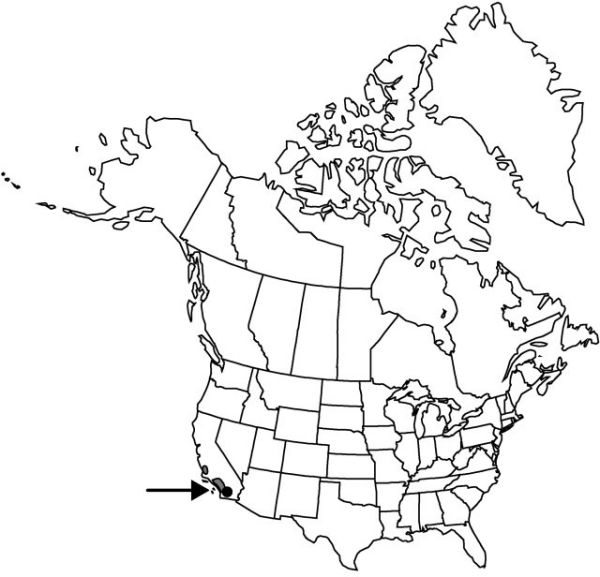Calochortus palmeri
Proc. Amer. Acad. Arts 14: 266. 1879.
Plants usually bulbose; bulb coat membranous. Stems usually branching, straight, 3–6 dm; bearing bulblets or not. Leaves: basal withering, 1–2 dm; blade linear-attenuate. Inflorescences mono-chasiate, 1–4-flowered; bracts 1–2 cm. Flowers erect; perianth open, broadly campanulate; sepals usually with brownish blotch near base, lanceolate, 3 cm, apex acuminate; petals white to lavender, sometimes with brownish blotch distal to gland, obovate-cuneate, rounded distally, 2–3 cm, usually with yellow hairs near gland, apex acute to acuminate; glands many, rounded, not depressed, short, thick, distally knobbed, sometimes with yellowish or purplish hairs, otherwise glabrous; filaments 7–8 mm; anthers white, oblong, 5–7 mm, apex acute. Capsules erect, linear, angled in cross section, ca. 5 cm. 2n = 14.
Discussion
Varieties 2 (2 in the flora).
Selected References
None.
Key
| 1 | Petal glands yellow-hairy; stems bulbeliferous at base; bracts alternate. | Calochortus palmeri var. palmeri |
| 1 | Petal glands glabrous or purple-hairy; stems not bulbeliferous; bracts opposite. | Calochortus palmeri var. munzii |
